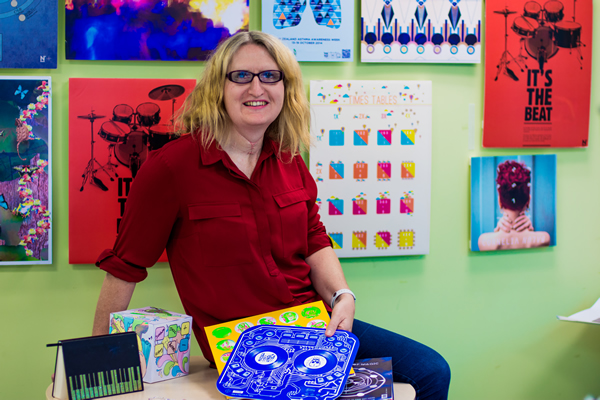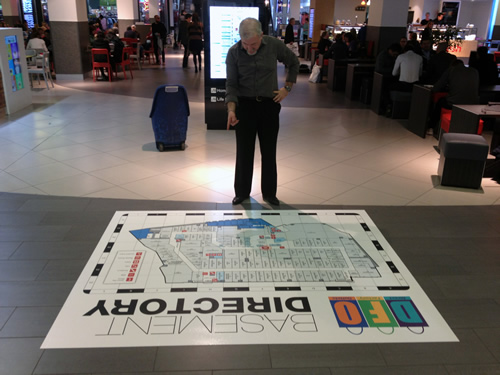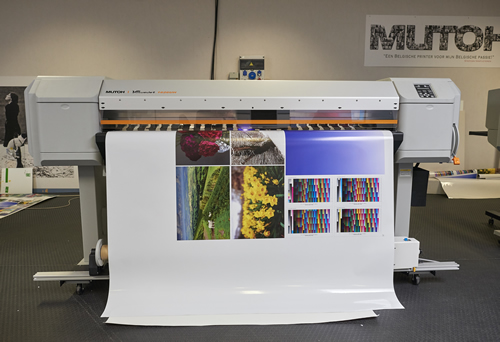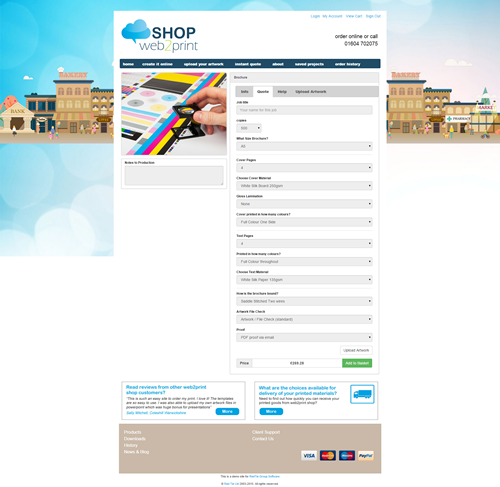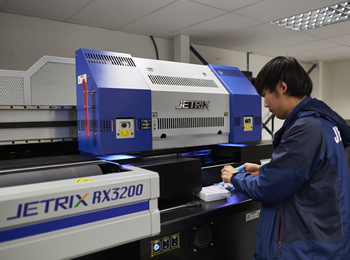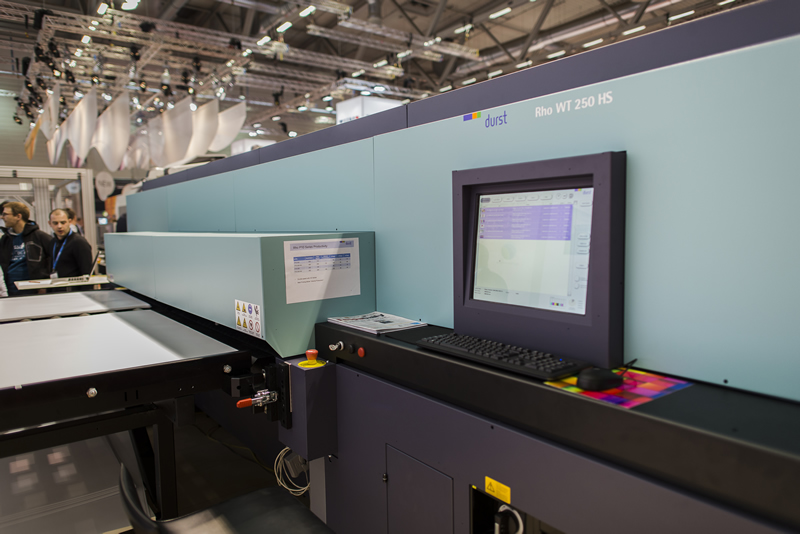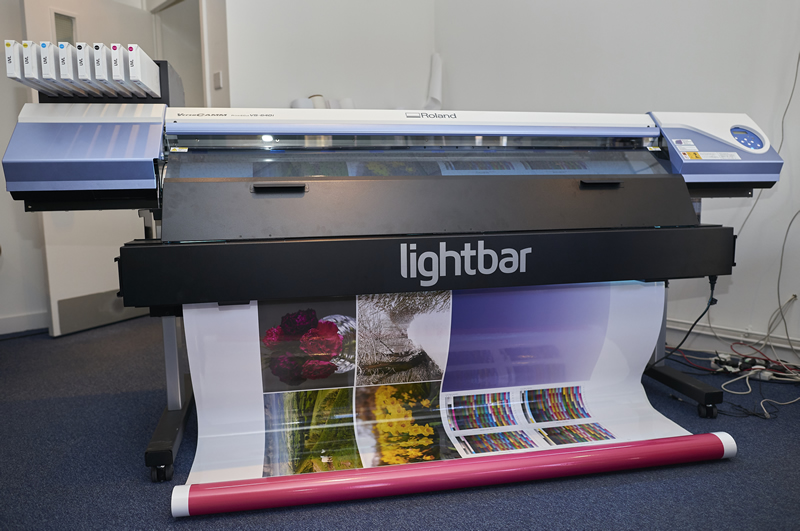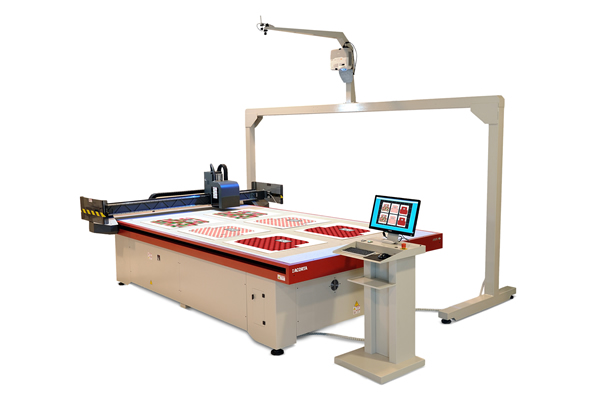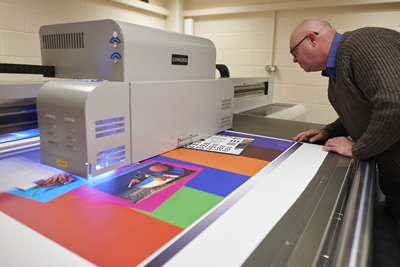Walter Hale explores the integration of music, video and other electronics into print.
Four years ago, a one-year-old child became an internet sensation by pressing a magazine as if it were an iPad and looking nonplussed when her prods and swipes had no effect. In an age of iPads, iPhones, iWatches and iEverythingelse it is easy to understand why the print medium is regarded as horribly one-dimensional and why it has become fashionable to declare that this form of physical content is dead.


